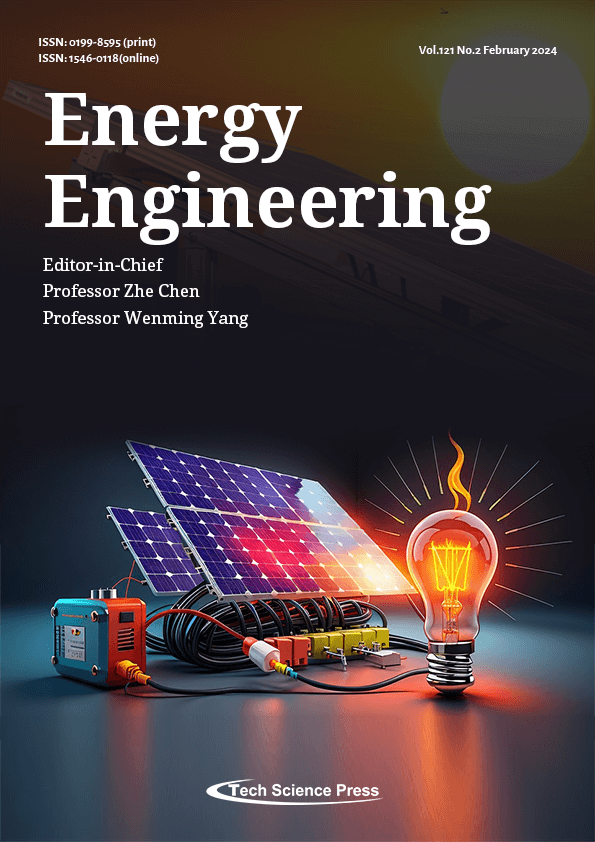
The performance of photovoltaic (PV) systems is directly impacted by the accumulation of dust particles on PV modules. Dust, composed of particles smaller than 100 µm, settles on the surface of PV modules and leads to a reduction in their electrical power generation. In order to anticipate the impact of such dust, a model was tested using the optical transmittance, obtained from the Ångström turbidity equation, combined with a solar cell’s I-V curve, estimated from the diode equation. The approach was found to be promising to predict the effect of soiling on a PV module.
View this paper